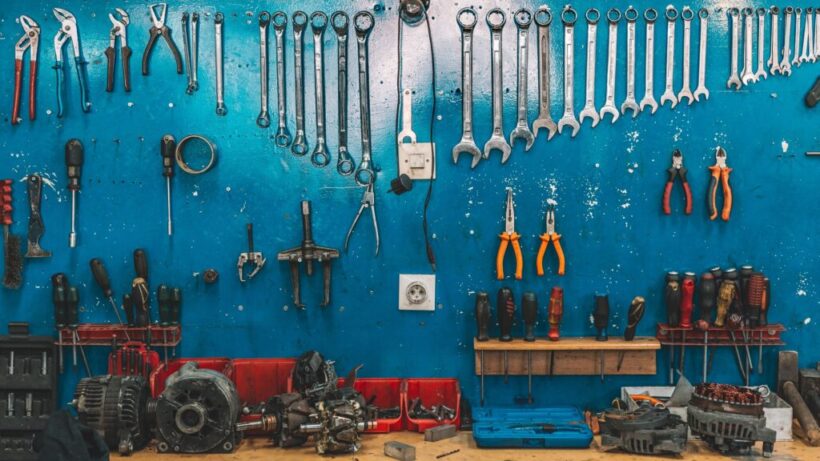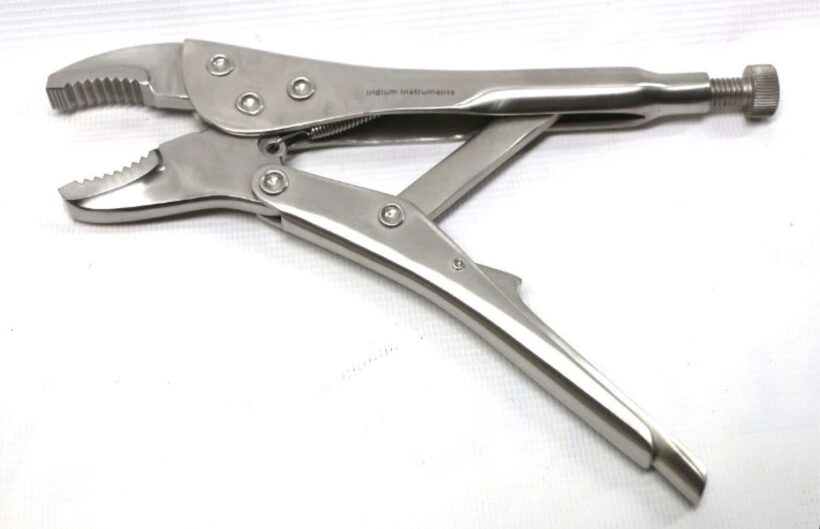Regardless of whether you are a professional car mechanic or work on your own vehicle in your garage, you will need a few standard items. These tools are essential for you if you frequently work on your or other cars.
Your ability to do auto service and maintenance depends on your tools. There will be issues if you don’t have the right automotive tools in your garage. You can’t do the job in the allotted time, or your performance will be subpar even if you do.
For this reason, you’ll need to have a nicely furnished garage with a few pieces of equipment and tools that are essential. To assist you in selecting the best equipment for your garage or auto repair shop, here are some lists of auto mechanic tools and equipment.
Wrench / spanner sets
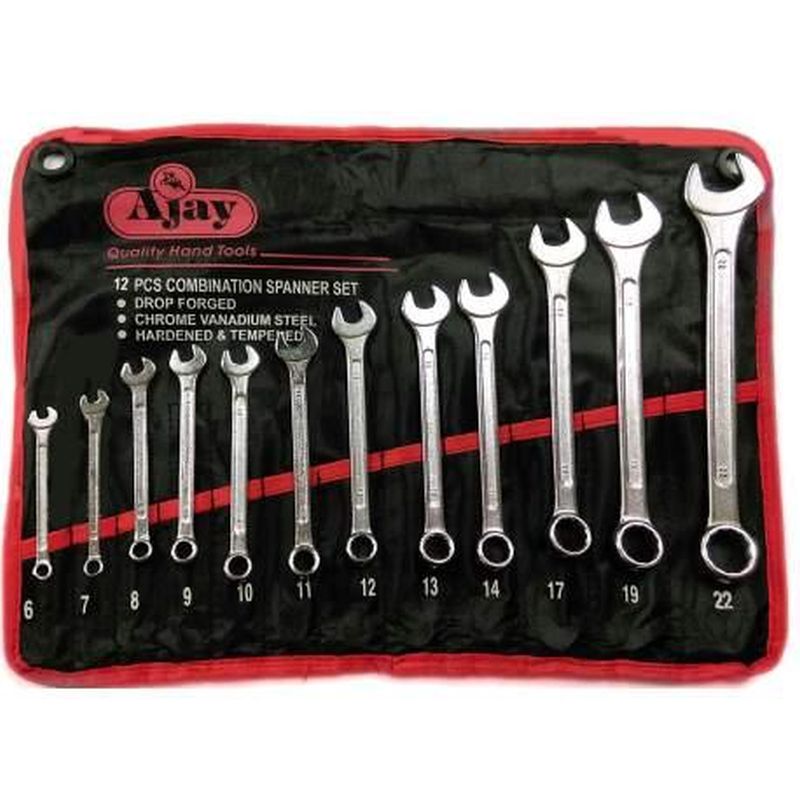
Wrenches and spanners are crucial automobile tools. Small and long-handled spanners offer versatility when you need to work in confined or tight places, making it easier to remove bolts or nuts. Since bolts are found practically everywhere on automobiles, including the engine, doors, and interior, having a dependable pair of wrenches on hand is vital for efficient functioning. It is a good idea to keep every sort of spanner in your toolbox, whether you require imperial or metric spanners or want the versatility of adjustable shifters.
Screwdrivers
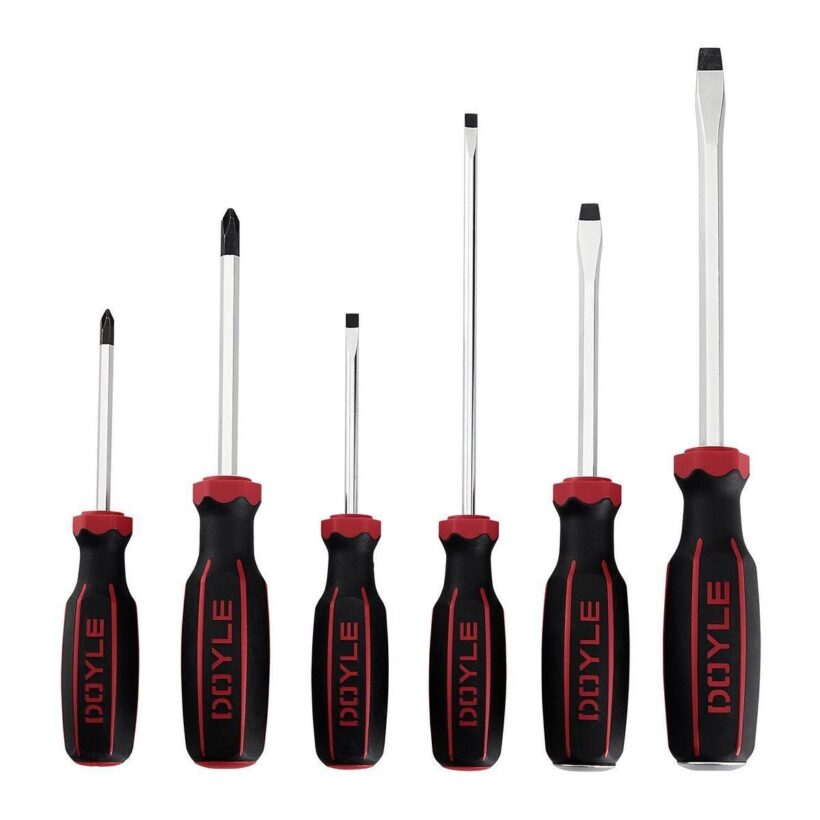
Another essential tool that every mechanic should have in their toolkit is a screwdriver. They are very time-efficient and come in a variety of gauges and lengths. Purchase a set of screwdrivers that includes torque screwdrivers, and long, slim, and stubbed screwdrivers. Consider powered screwdrivers that use rechargeable batteries if you want something more sophisticated. Air or electric motors can be rotated using these screwdrivers.
Hammer
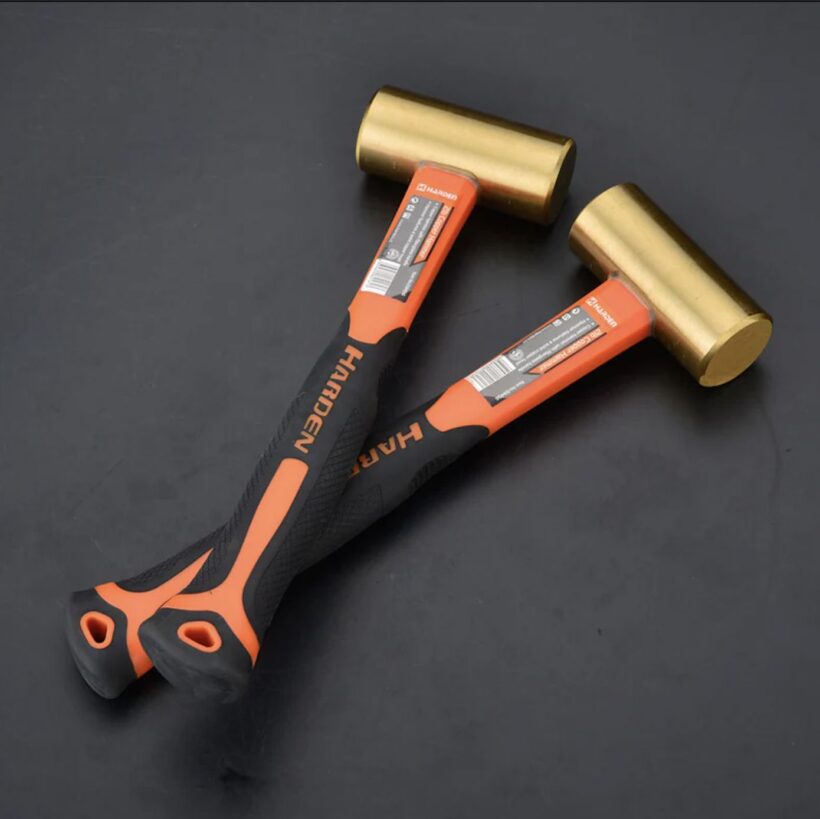
Although purchasing a hammer in an auto repair shop may not seem necessary, you’ll realize it’s of value when dealing with a stuck component of the car. Some components can become jammed by rust, grease, and grime. Therefore, those demand a little more work to execute.
A hammer would be of tremendous assistance in such circumstances. Both a regular hammer and a mallet are necessary. If you hit any parts with a standard hammer, they can break because they are weak.
Vise-Grip
Locking pliers are another name for Vice-Grips. They are small, portable clamps that resemble pliers.
It can be used to lose hydraulic worn-out pipes, grab objects without using teeth, or hold objects for extended periods of time. The Vice-Grip is sold in sets of ten, but if you can’t afford the set, you can only purchase one.
Trolley jack
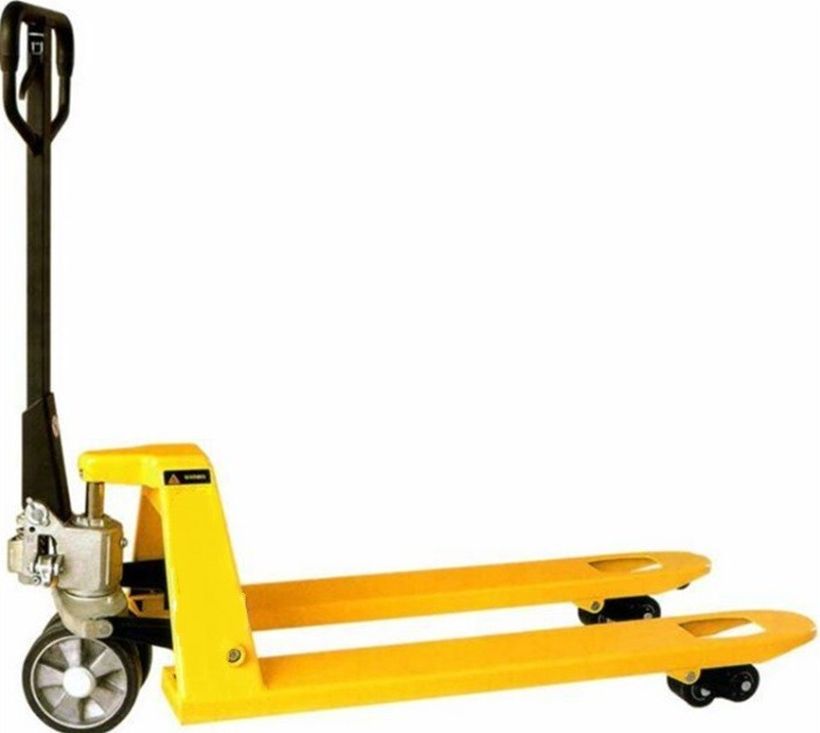
A trolley jack aids in lifting a car off the ground, so you have enough room to work underneath it. Trolley jacks use hydraulics to raise and lower the automobile safely and securely in locations without vehicle hoists. Although they come in a variety of sizes and capacities, you must check the load rating to prevent the jack from being harmed while in use.
Battery analyzer
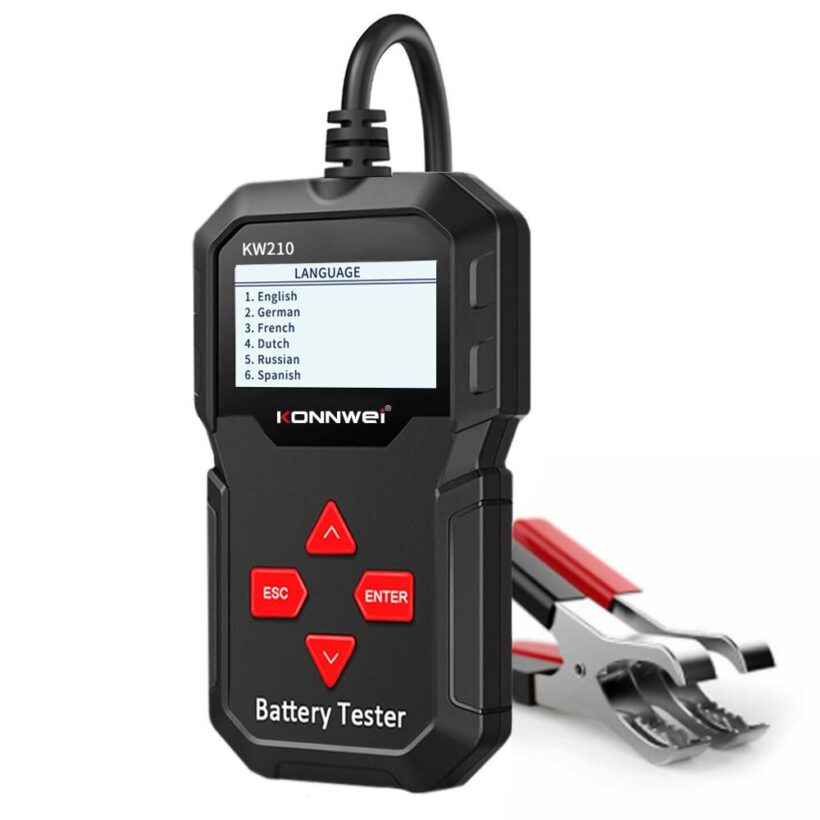
A 12-volt battery analyzer tool is another item you should have in your toolbox. The portable device may provide data on the battery’s voltage as well as other crucial statistics, such as the charge, rating, etc. You can store and print the data for record-keeping using an integrated thermal printer. Additionally, it contains a memory feature that enables you to recall previous readings.
Automotive stethoscope
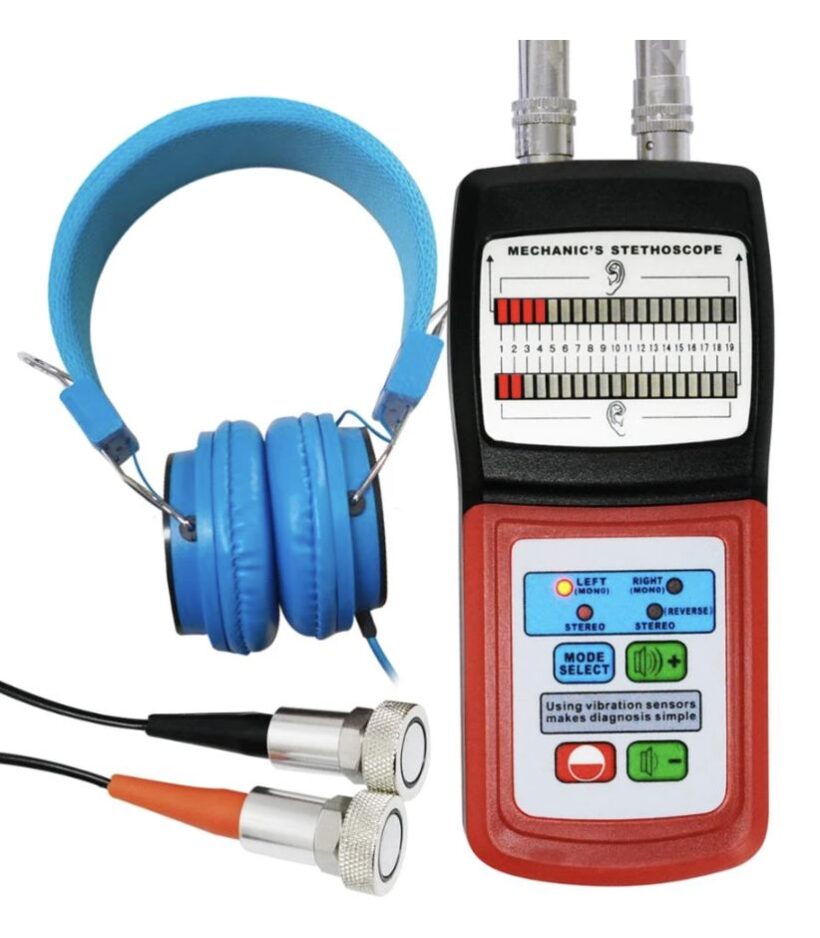
Customers ask mechanics to identify and address odd vehicle noises every day. Use a stethoscope to find the source of the noise. However, it does have one disadvantage—it cannot assist you in locating a noise that only appears when you are driving.
Some kits include a receiver, headphones, hook-and-loop straps, several transmitters, microphone clamps, and multiple transmitters. Simply connect the microphones to the most likely culprits who are nearby the source of the noise. Then drive the car around a bit. Until you detect the sound, listen to each microphone to locate the issue.
Torch or work light
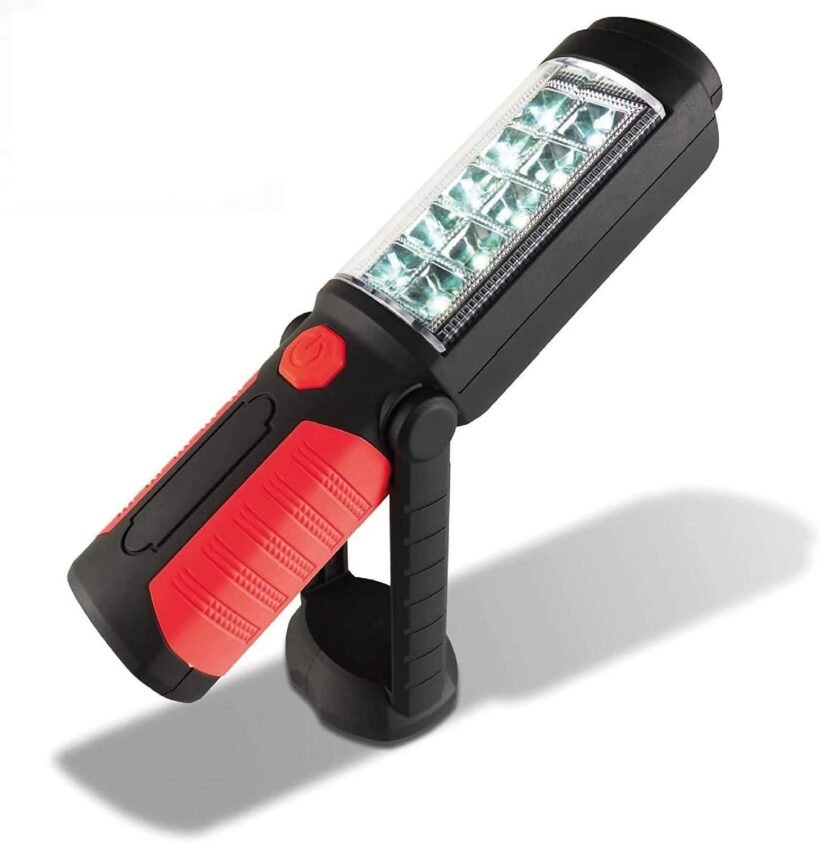
Another essential piece of equipment in every car technician’s toolbox is a torch or work light. You can operate in low light or in parts of the vehicle that are challenging to access by using torches as a light source. This device is useful when a mistake in judgement could result in vehicle damage. Using the vehicle with extra caution is advised because automobile parts can be expensive, and the majority are specialized and exclusive to the vehicle’s maker.
Tire pressure gauge
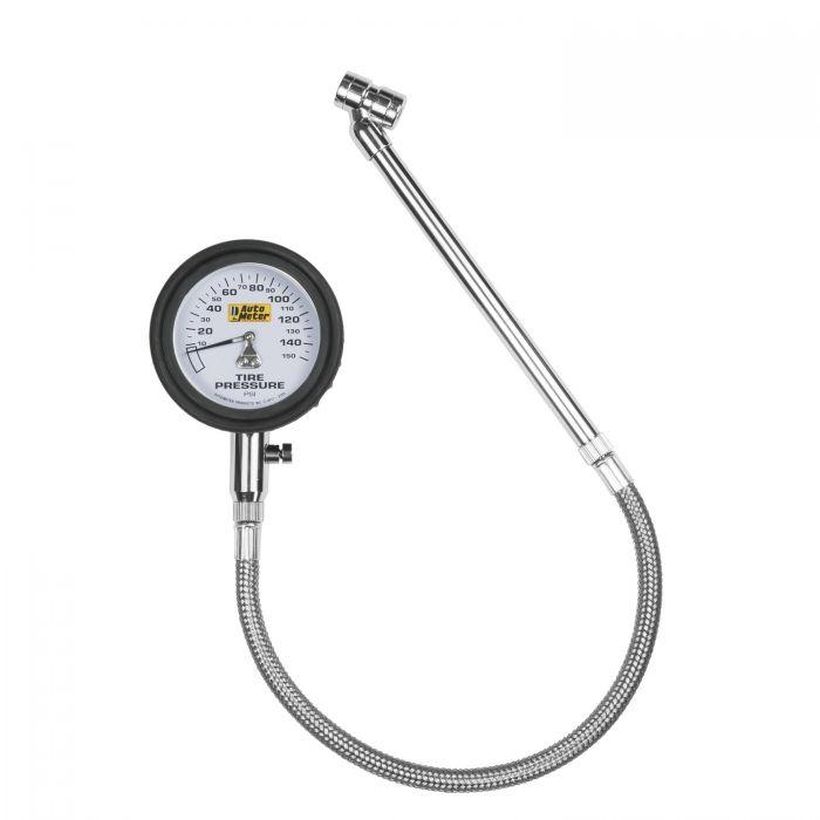
Tire pressure has an impact on a number of driving characteristics, including steering, braking, and fuel economy. To make sure your car’s tires are kept properly inflated, you should use a tire pressure tester frequently.
Funnels
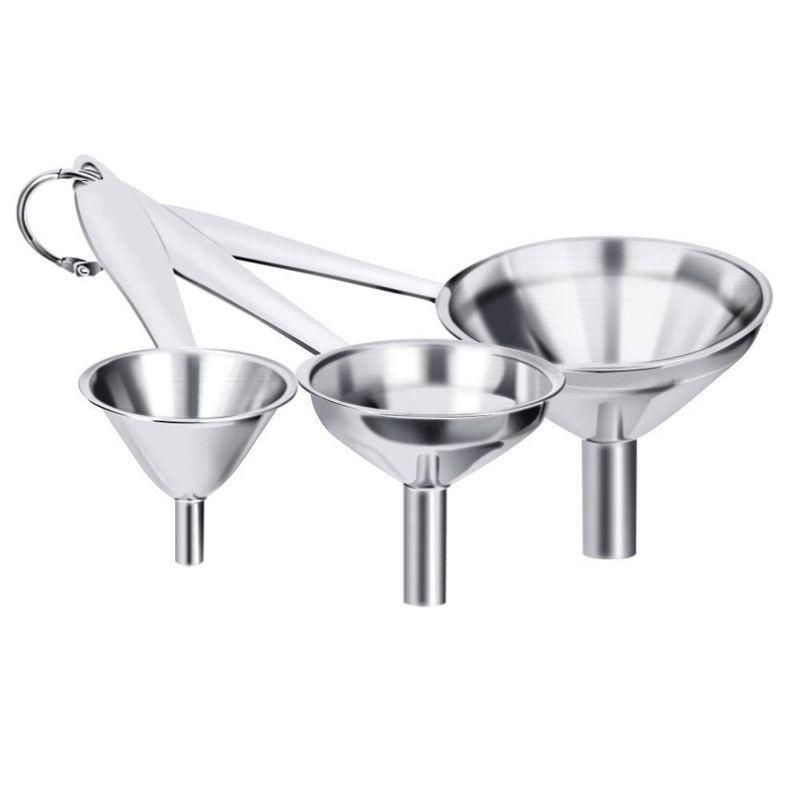
Without a funnel, you’re likely to make a big mess when adding oil (or any other kind of fluid) to your car. Every time you top off your car’s fluids, you should use a funnel to minimize spills.
Wrapping up
Depending on your requirements, you may need a variety of tools and equipment. The must-have mechanic tools listed above can be used to fix any damaged car. Some of them are more sophisticated and are mostly utilized by experts in auto repair facilities. However, before beginning work or doing do-it-yourself projects, any auto mechanic needs to be familiar with the tools and how to utilize them. Because there are various sorts of tools and equipment, think about your demands before making a purchase. Purchasing durable tools and equipment that will serve you well for a long time is also a good idea.
Lastly, while physical tools are essential for great mileage, digital solutions and tools have also come into the market to boost your vehicle’s performance. For additional information read more here.

